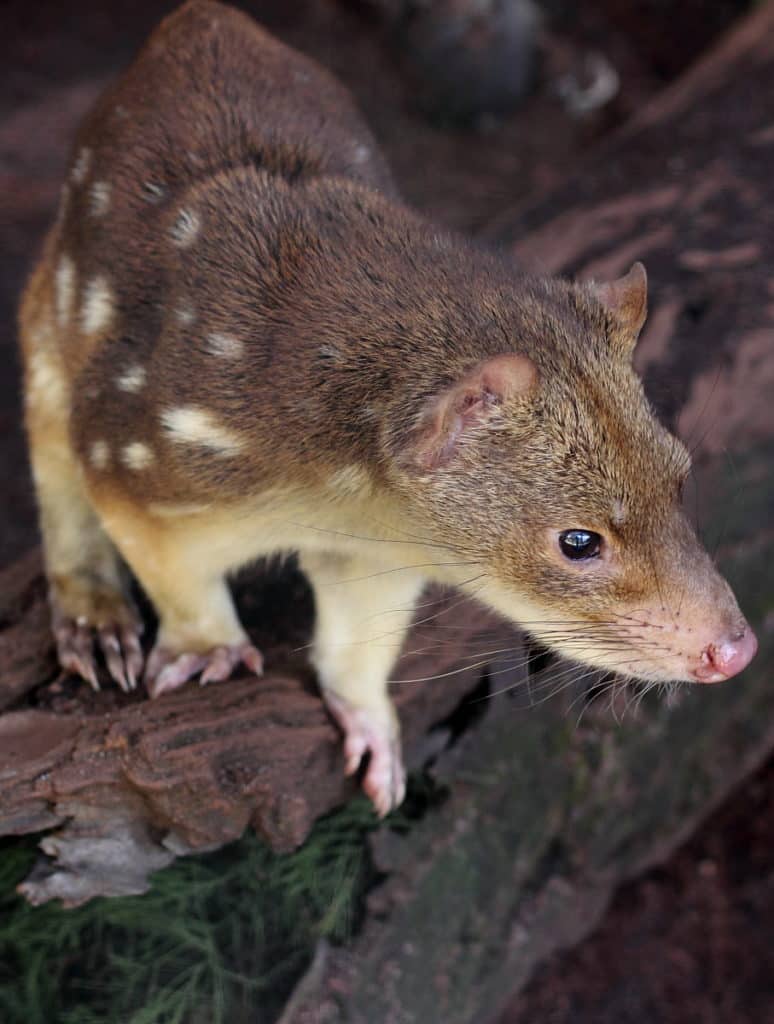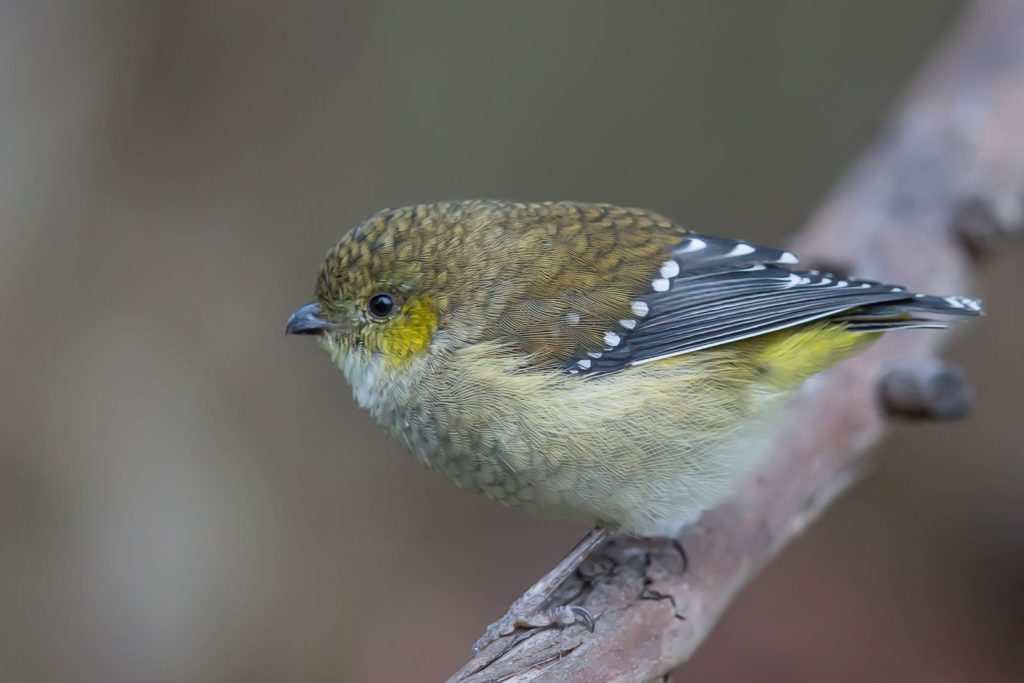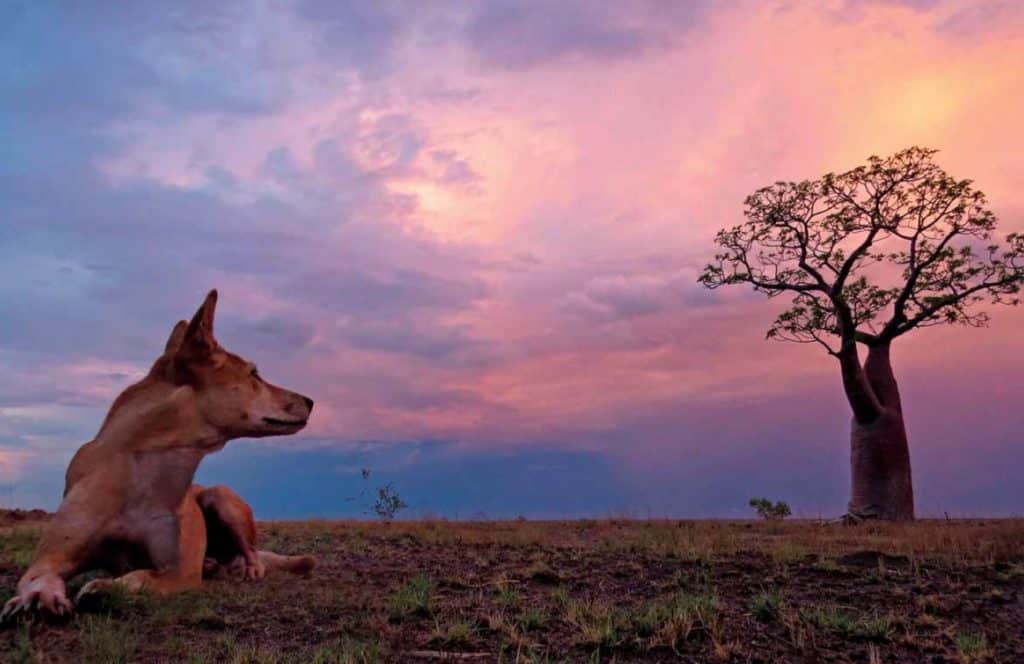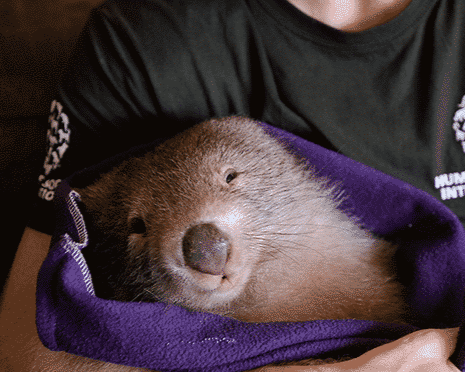Australia’s native animals are protected by law — but that protection comes with caveats. Across every state and territory, permits are routinely issued that allow property owners to kill native wildlife. Known in many jurisdictions as “damage mitigation permits,” these licences have quietly sanctioned the deaths of millions of animals...
Australia’s efforts to kill two million cats in an attempt to save native species have again come under international scrutiny following an in-depth piece in the New York Times. While being in the news cycle has brought a fresh focus on the issue, the announcement was actually made by former Minister for the Environment Greg Hunt back in in 2015, with the five year target set to end in 2020.
Killing cats at scale is controversial to say the least, with justifications holding varying levels of credibility and moving beyond a purely conservation argument to encompass the personal importance we put on the value of various forms of life and the suffering of animals. Cats are undeniably a threat to many Australian wildlife species, but as sentient animals it’s important that their welfare is taken into full consideration when managing the threats they pose.

The following Q and A outlines some general views on this highly complicated matter. For those who may not have the time or inclination to read the article in full, the basics are that:
- Cats are a huge threat to Australian wildlife and are set to lead to further extinctions;
- Cat culling target inflicts great suffering and will likely see no long-term conservation benefit;
- Non-lethal management such as Trap, Neuter, Release programs are unsuited to Australia;
- A combination of methods such as reduced killing of dingoes, predator-free fenced reserves and responsible pet ownership can provide significant respite from the impacts of cats.
What’s so bad about feral cats?
In recent years a range of reports have focused on the impact of feral cats on Australian wildlife, with most concluding that cats are killing millions of animals across the country daily. And not just in pockets, but across 99.8% of the landmass. There is little reason to doubt the authenticity of the highly distressing figures of the birds, small mammals and reptiles lost.
Feral cats are such a significant threat to Australian wildlife because of the absence of similar predators throughout recent evolutionary history – behaviours of our small mammals in particular simply haven’t adapted quickly enough to the rapid rise of a highly efficient nocturnal hunter. The impacts in some cases have been catastrophic, with feral cats identified as the primary short-term threat to many endangered Australian species and implicated in several extinctions.
This problem is exacerbated by many of our native species already being threatened with extinction due to land clearing and other impacts over the last couple of hundred years, meaning that in some cases the additional pressure of cats can very quickly push species off the face of the Earth. The tragedy of such occurrences cannot be overstated.
Many of the species at imminent risk of extinction are essential to the health of our forests, heathlands, grasslands and everything in between. An incredible amount of ecosystem services including pollination, the spreading of seeds, reduction of agricultural and environmental pests, and nutrient turnover are provided by Australia’s invaluable and diverse bird, mammal, and reptile life.

So, there is a problem. But can we do anything about it?
Academics have questioned the (lack of) science behind the Government’s target of two million cats, citing uncertainty around just how many cats are in Australian ecosystems and whether the effect the target will have on future population size has been properly considered. It is noted that since cats can rapidly reproduce and re-invade areas, any killing program that would have a lasting effect on their populations would need to be intense, sustained, and carried out over large areas. That these criteria have been or will continue to be met is highly doubtful, and there has been insufficient information provided by the Government to indicate otherwise.
Studies have shown that for population control via culling to be ineffective, around 30% to 50% of the population is needed to be killed every six months. According to all available data the Government’s target of two million cats over five years falls far short of this level. Theoretically very high levels of intervention could more or less see the end of Australia’s feral cat problem, but as it stands the Government’s efforts will not achieve this aim.
The war on cats may be a case of being seen to be doing something rather than actually tackling the problem at hand. If this is the case and there is no clear long-term conservation benefit being provided, there is little justification for the suffering that is being inflicted on such a massive scale.
The ‘kill at any cost’ mentality that has been triggered by knowing how damaging cats can be for our wildlife hasn’t resulted in good policy, and the suffering of cats has been not been sufficiently considered. The poisons used to partially meet the target are cruel and damaging to the broader environment as well as native wildlife such as dingoes and quolls, and while the Government has supported the development of slightly more humane options, selecting only for cats cannot be guaranteed and even then the cruelty may still be unacceptable.
There is also a very real risk that fixating on the threat posed by cats in the landscape can divert attention from other major threats such as land clearing, which is so rampant that Australia is considered a global deforestation hotspot. It’s important that cats aren’t used as a scapegoat, and to keep in mind that the intent of Australia’s cat culling program is to protect native species from extinction – a goal that must be considered holistically. To safeguard Australia’s species the most pressing action is to stop the further destruction of habitats – a major focus of Humane Society International as indicated by our efforts to improve the laws that safeguard Australia’s biodiversity.
If we need to do something why can’t it be humane, like a Trap, Neuter, Release (TNR) program?
Sadly the suitability of non-lethal cat controls such as Trap, Neuter, Release to the Australian situation is questionable, and even if they could result in reduced threat to native wildlife there are numerous legal blocks that prevent this course of action. Depending on where you are in the country, at both the state and national level there may be animal welfare laws that prevent the abandonment of cats as domestic animals (which their release is technically considered) and also prohibit the release of feral cats as a pest animal on environmental and/or biosecurity grounds.

These legislative blocks don’t put TNR in the impossible box, however the levels of reform required are significant. The reality is that non-lethal cat control is not a priority of Government or the general public at this time, and is unlikely to be in the foreseeable future. That of course doesn’t excuse the use of cheaper and crueller methods that are destined for failure according to all available evidence.
Even if legal, it may be next to impossible for TNR to address the issue of cats in Australia. While TNR has been used successfully as a management tool in countries such as the USA where the impact of cats is less pronounced and largely restricted to urban environments, the mind boggles at the logistics of using it effectively on several million cats across 99.8% of Australia. And there remains the issue of cats potentially living for several years after release and continuing to kill a number of native animals every night – the impacts of cats even if every single one could be instantly located and de-sexed could still spell disaster for many species of wildlife.
If the killing is pointless and TNR probably won’t work, what can we do?
The good news is that there are many things we can do to reduce the impact of feral cats on Australian wildlife, with strategies such as reducing the control of dingoes (allowing them to regulate ecosystems as apex predators) and responsible pet ownership (reducing the amount of cats in the wild) having long been advocated by and remaining a focus of Humane Society International.

Dingoes distressingly face the same cruel deaths as cats across Australia with widespread poison baiting programs, which goes against the apparent aim of reducing the impacts of feral cats on wildlife due to growing evidence of the role dingoes play in suppressing the hunting activity of cats. Poisoning both cats and the only native predator known to limit the impacts of cats is typical of Australia’s long-standing and unsophisticated dedication to poisoning, trapping, and shooting.
Domestic cats can also have terrible impacts on native wildlife, and abhorrent acts such as the dumping of kitten litters can lead to more cats in the environment. Measures like keeping pet cats contained (especially at night) and spaying and neutering are essential, with the best thing for both Australia’s wildlife and the safety of cats being responsible pet ownership.
Responsible pet ownership is something all cat owners can practice, and positively some local governments are introducing measures to either keep pet cats completely contained on peoples’ properties or to at least ensure they aren’t out at night through curfews. With so many cats already in Australian ecosystems responsible pet ownership is only part of the solution, but an essential part.
The work of groups such as the Australian Wildlife Conservancy and Bush Heritage, as well as many committed smaller landholders and conservation groups, are also a very important piece of the puzzle. Providing fenced safe areas for wildlife particularly vulnerable to cat predation has been shown to be very effective it boosting populations with otherwise downward trajectories.
It’s a vexed issue without a simple solution, but there is a better way than what is currently occurring and we will continue to fight for the humane treatment of all animals and trialling of innovative solutions going forward.
Evan Quartermain is Head of Programs at Humane Society International and has been with the organisation since 2010. A member of the IUCN World Commission on Protected Areas, Evan is responsible for HSI’s terrestrial habitat and wildlife protection campaigns and programs, with particular focus on legislative reform, flying-foxes, dingoes, and habitat protection through Threatened Ecological Community and Natural Heritage nominations.
Header image: Tim Doherty


